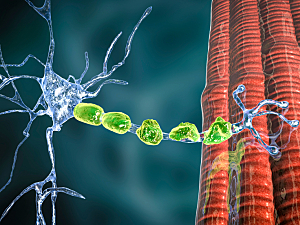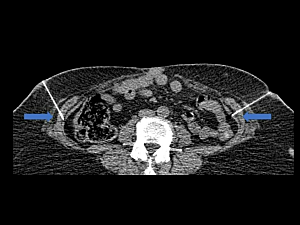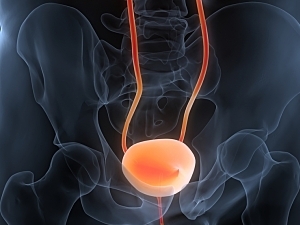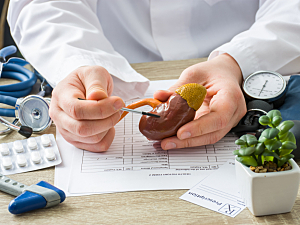Dapagliflozin Safe and Effective After Hospitalization for Heart Failure With Mildly Reduced or Preserved Ejection Fraction

In a prespecified secondary analysis of the DELIVER trial, Scott D. Solomon, MD, at Brigham and Women’s Hospital, and colleagues found that starting dapagliflozin during or shortly after hospitalization for HF is safe and effective for patients with mildly reduced or preserved ejection fraction.
Read More...







